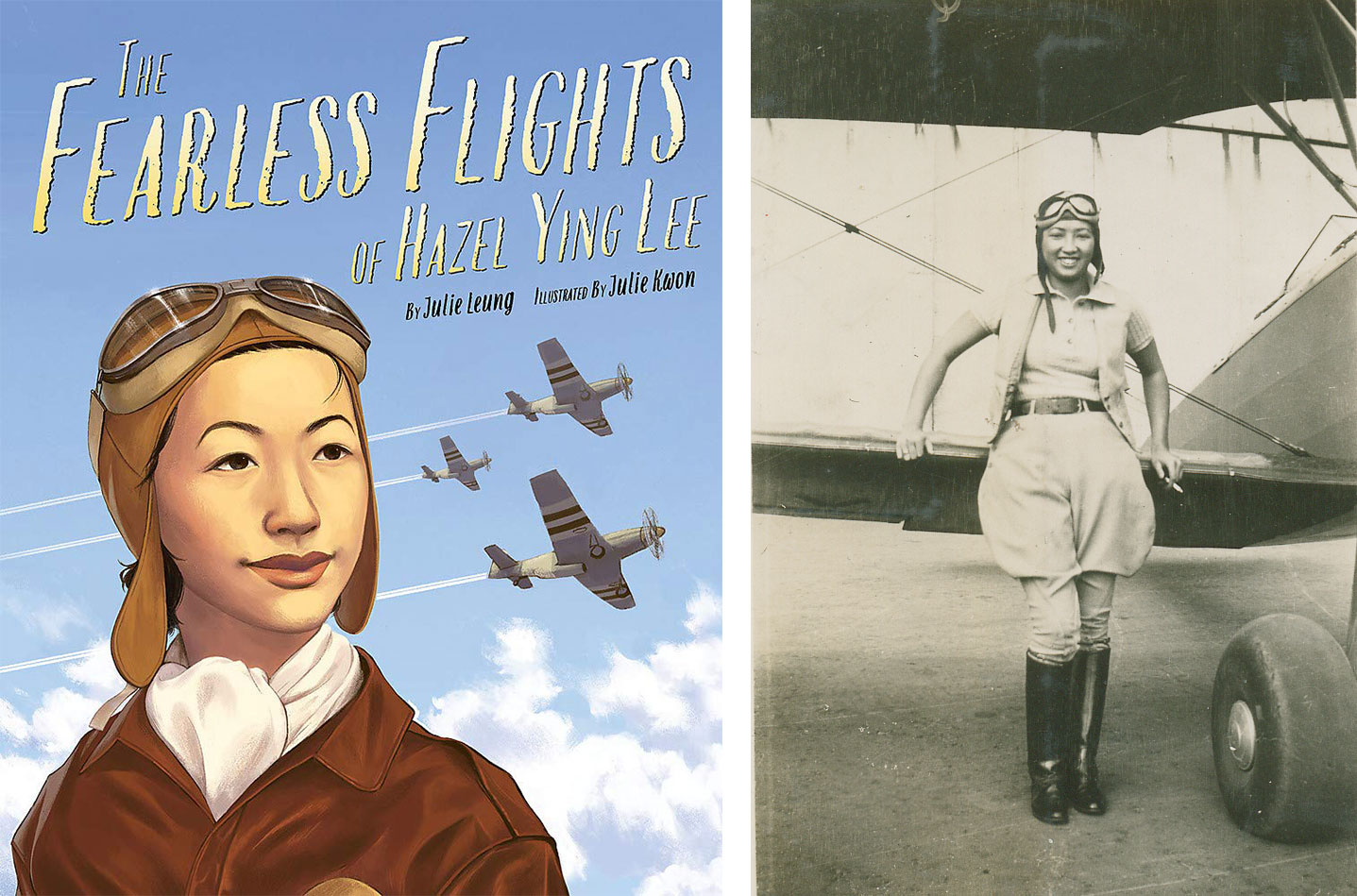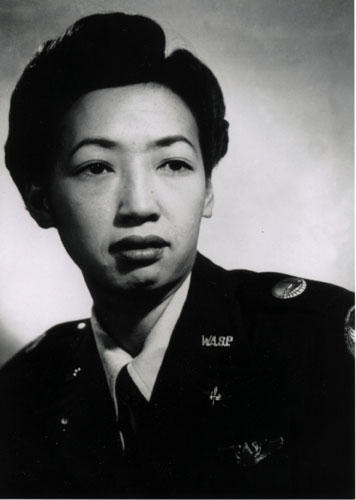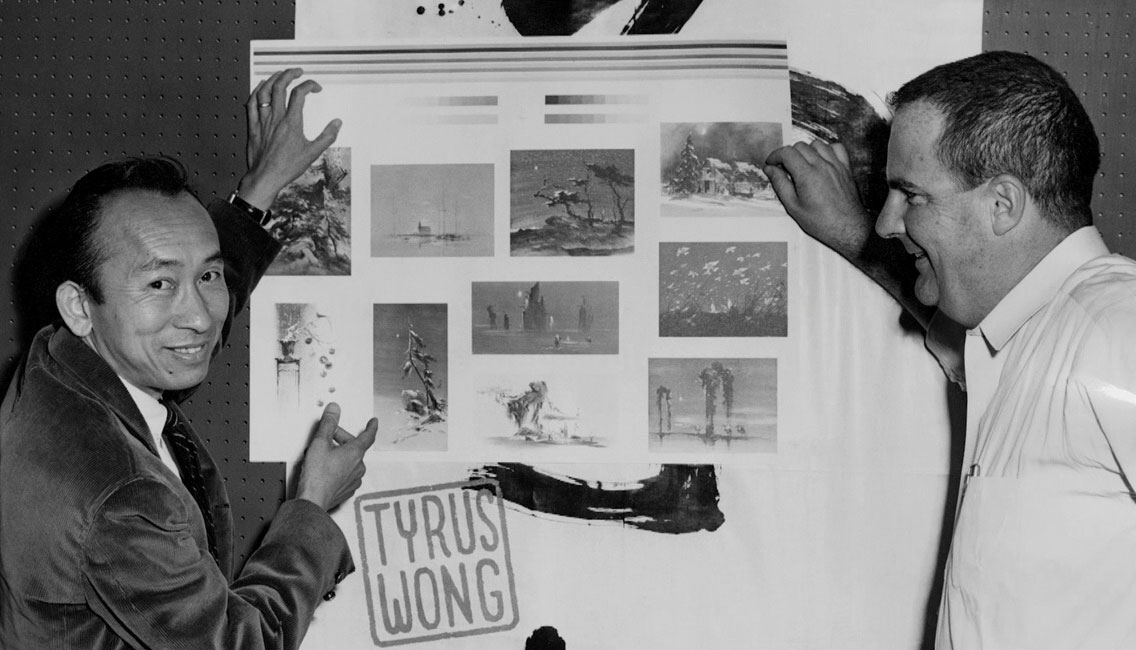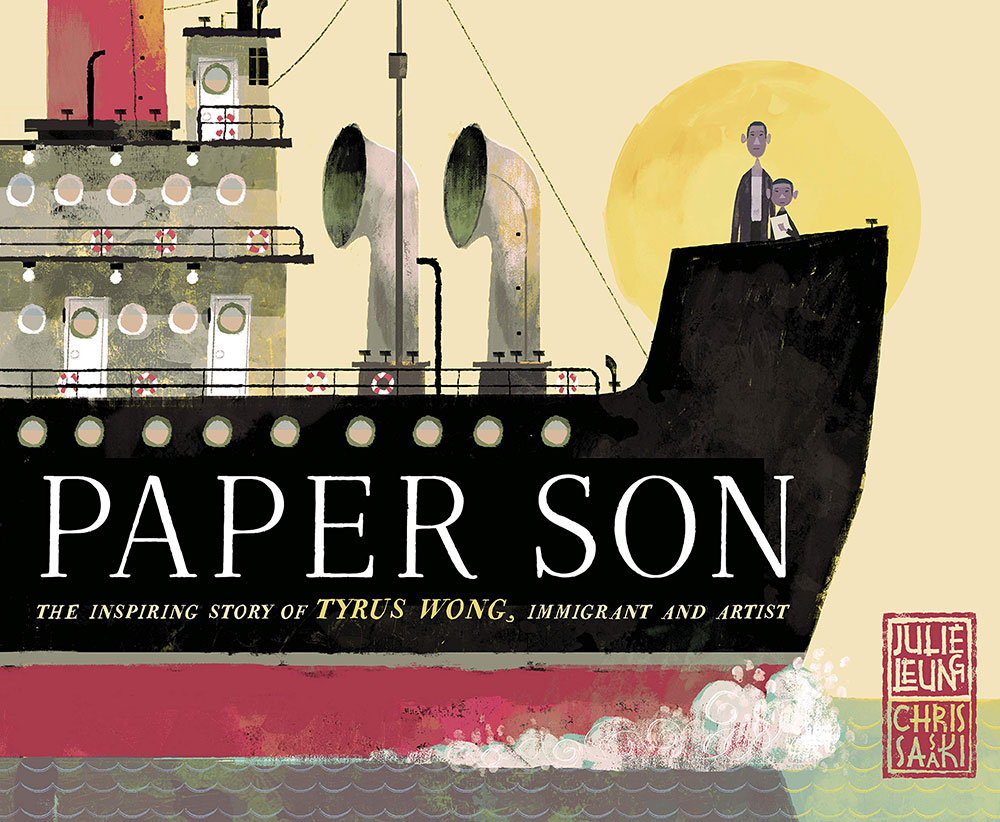Reading Rockets’ summer learning resources at Start with a Book include recommended books and activities to jump-start conversations, curiosity, and exploration. One of the newest resources, Meet the Trailblazers, has kept me and my niece busy on FaceTime this summer. We’ve taken advantage of the provided reflection questions to talk about the courageous women we’ve learned about in some of the recommended titles.
Picture book biographies are ideal for introducing kids to the lives and ideas of those who lead the way. The 14 featured books in the Meet the Trailblazers guide encourage readers to explore the incredible lives of women and men of color who helped shape our world. One of those titles is The Fearless Flights of Hazel Ying Lee by Julie Leung. Hazel was a trailblazer not only for women, but Chinese American women in particular. You don’t know Hazel? You should!

Julie is also the author of Paper Son: The Story of Tyrus Wong, which won the 2021 Asian/Pacific American Award for Literature in the picture book category, Who Did It First? 50 Scientists, Artists, and Mathematicians Who Revolutionized the World, and the middle grade Mice of the Round Table series. She’s also a marketing director at Random House, specializing in sci-fi/fantasy books.
We’re so delighted Julie is here to talk about bringing Chinese American narratives to the forefront and nurturing more stories and more perspectives that can inspire future trailblazers.
July 28, 2021
Incredible Lives Deserve Incredible Books by Julie Leung
 Museum of Chinese in America. I remember when I first walked by their location in Manhattan’s Chinatown. I stopped in my tracks, suddenly aware of a vast gap in my knowledge.
Museum of Chinese in America. I remember when I first walked by their location in Manhattan’s Chinatown. I stopped in my tracks, suddenly aware of a vast gap in my knowledge.
Growing up, I was one of very few Asian Americans in my school. And Chinese American history was relegated to a footnote in my textbook about transcontinental railroads.
As part of the museum’s main exhibit, there stands a wall covered with portraits of notable Chinese Americans. I start every visit staring at this wall, browsing through the many faces that resemble my own and wondering about all these incredible lives that deserve a place in the storybooks.
There are war heroes, inventors, artists, scientists, entrepreneurs — each person having managed to thrive in a country that did not welcome them.
 Hazel Ying Lee’s portrait in particular has always stood out to me. There’s something so fearless and determined in her eyes, an expression I couldn’t forget.
Hazel Ying Lee’s portrait in particular has always stood out to me. There’s something so fearless and determined in her eyes, an expression I couldn’t forget.
I researched more about her life: the racial and gender barriers she overcame to chase her dreams of piloting, her untimely death, and the obstacles her family faced in order to bury her in the plot that they had chosen.
With each detail, I felt an increasing kinship with her. Here was a woman whose sacrifices for this country made her an American patriot of the truest sense. When it came time for me to write my second picture book, I knew I wanted it to be about Hazel.
But I suppose I’m getting ahead of myself, as my picture book biography career truly began with Tyrus Wong. I first learned about Tyrus through his New York Times obituary. Besides his groundbreaking contributions to American animation and art, what struck me most about Tyrus’ story was that he was a paper son.

During the many decades that the Chinese Exclusion Act was in place (the first federal law barring an entire people from the United States based on their ethnicity), a few key exceptions were made: mainly if one was a person of high status or related to a Chinese person already living in the country. These exceptions kicked off an entire black market of false identification papers sold in China, where desperate immigrants would claim blood relations to Chinese who were already in America, i.e. becoming a son or daughter to someone on paper only.
In order to enforce the Exclusion Act, the government set up an immigration station on Angel Island outside San Francisco Bay. In order to try and catch false claimants, they would interrogate the immigrants with exacting questions and compare their answers to those of their “relatives.” In response, many sponsors also sent back detailed coaching papers that prospective immigrants had to memorize. The slightest discrepancy could get you deported. And there was no limit to how long one might be detained.
 The Museum of Chinese in America and The Angel Island Immigration Station Foundation for their wonderful resources and ongoing work to preserve immigrant stories.
The Museum of Chinese in America and The Angel Island Immigration Station Foundation for their wonderful resources and ongoing work to preserve immigrant stories.



